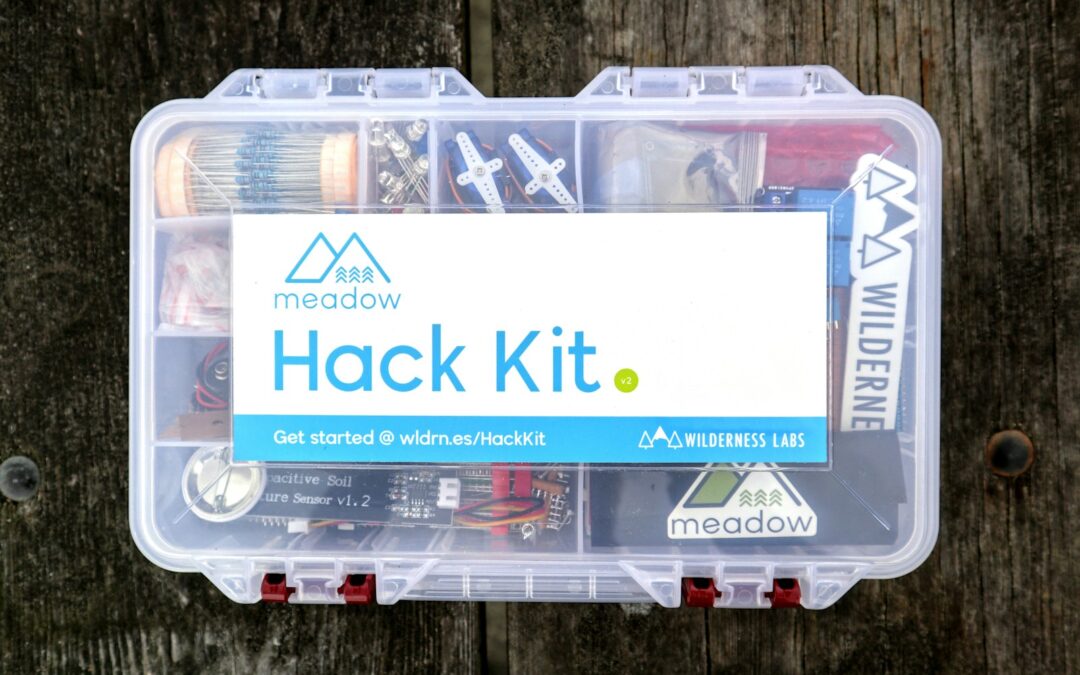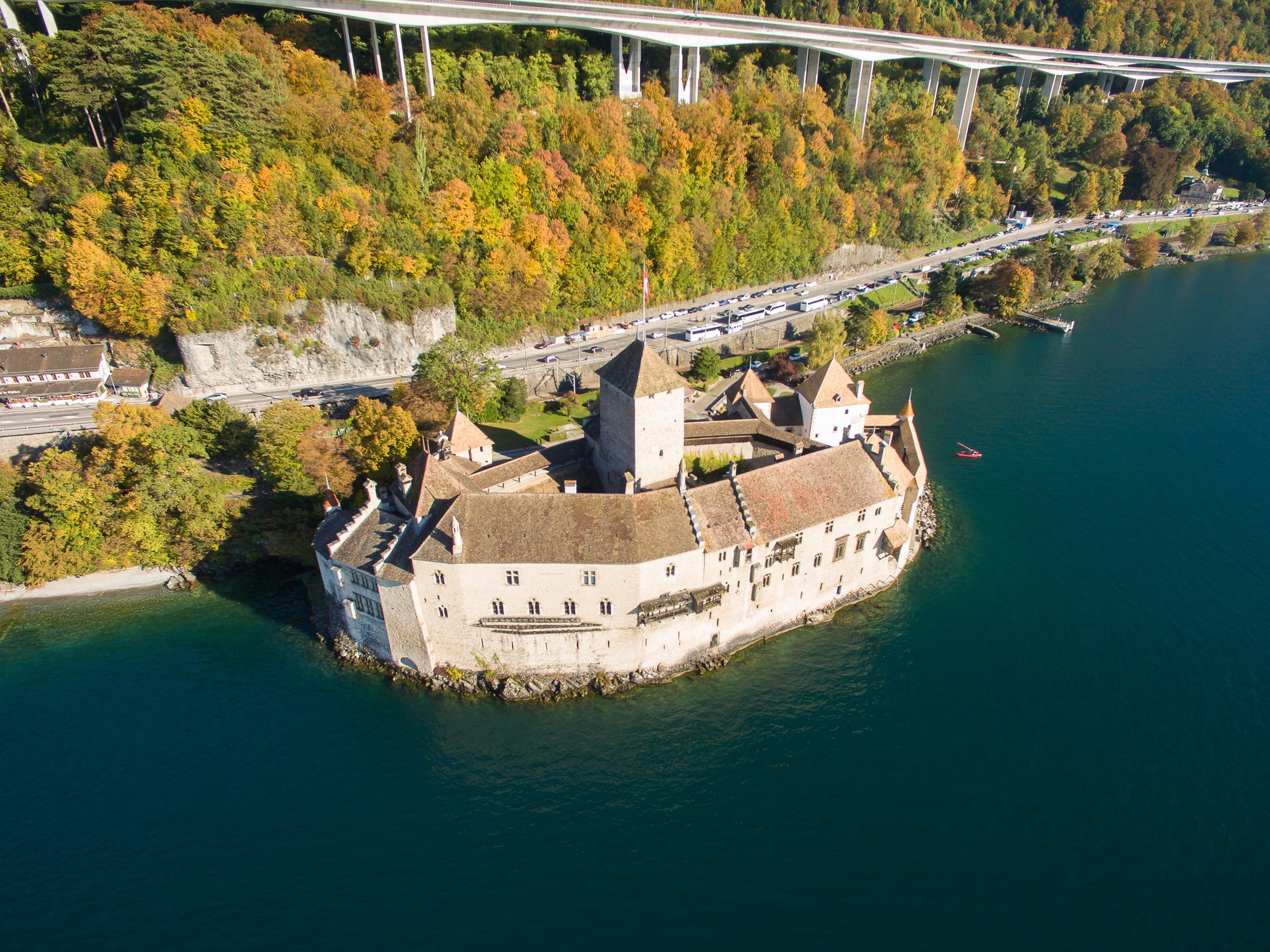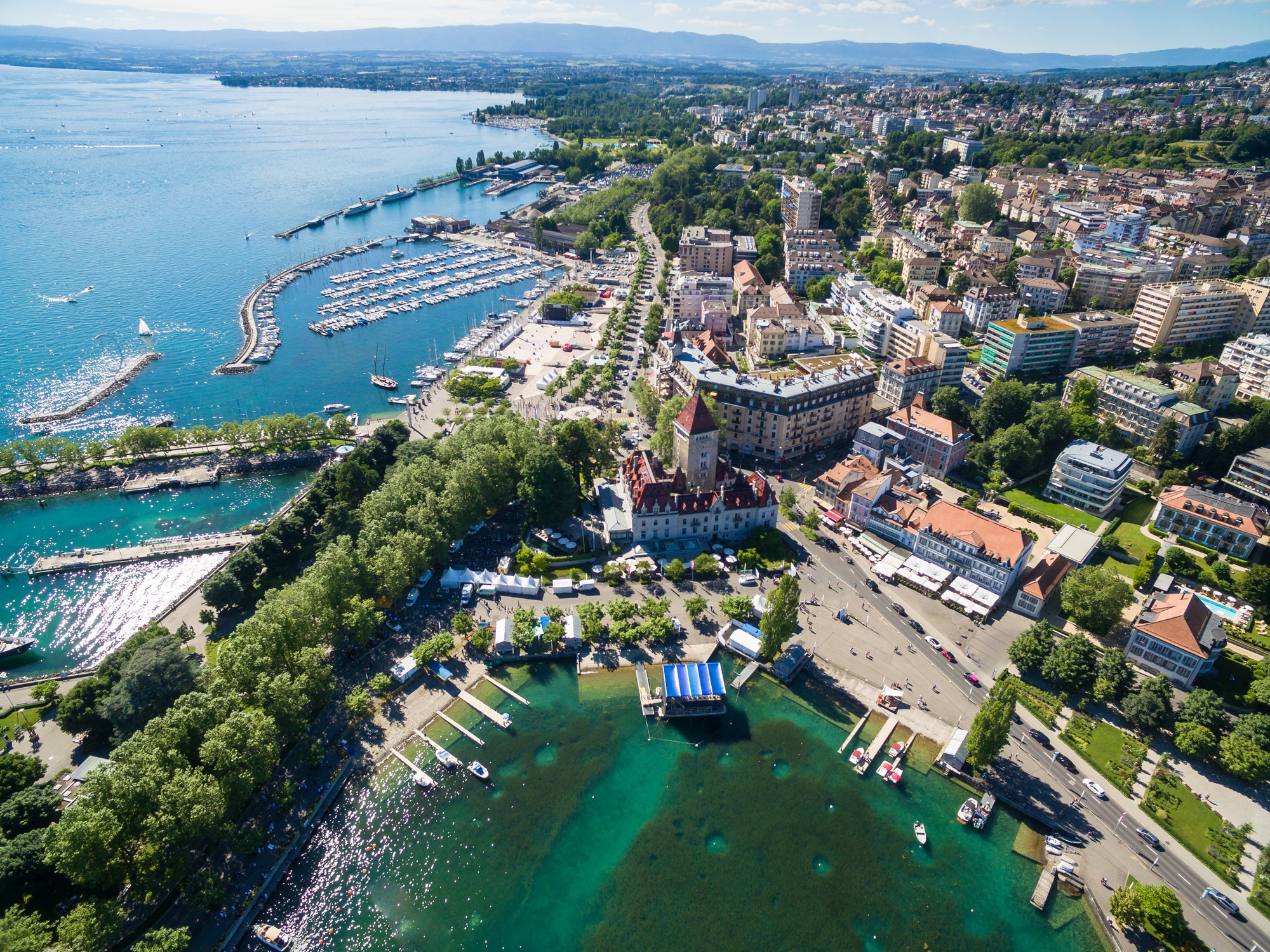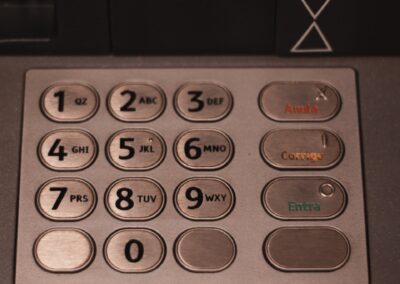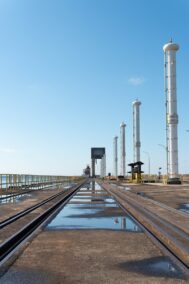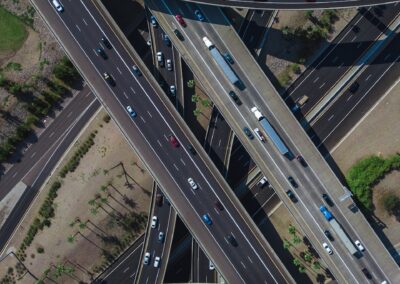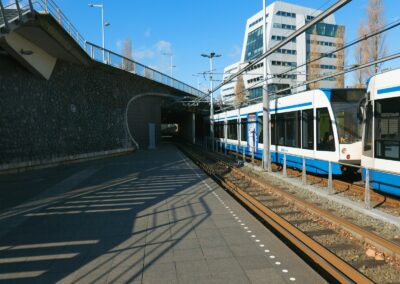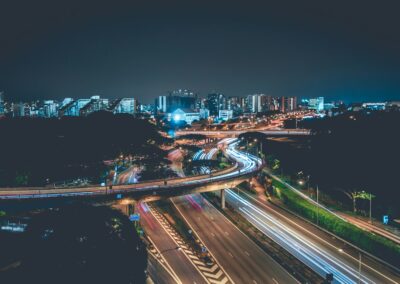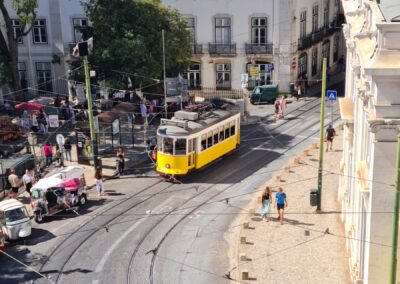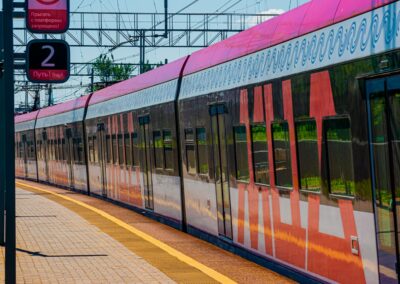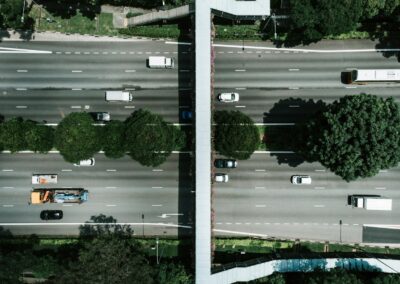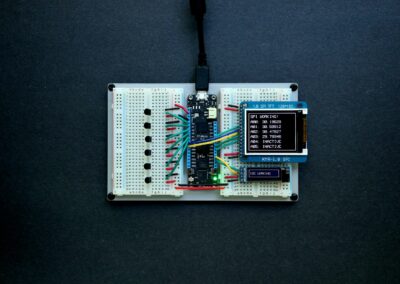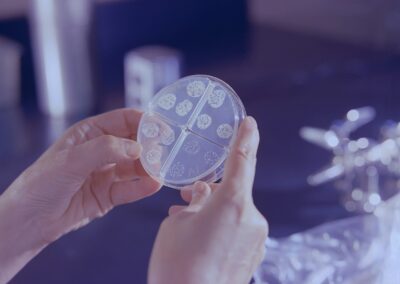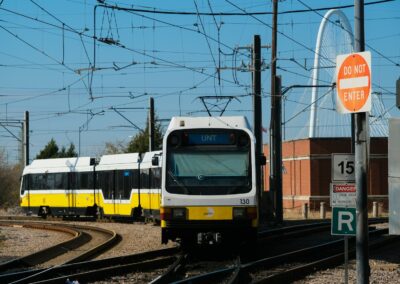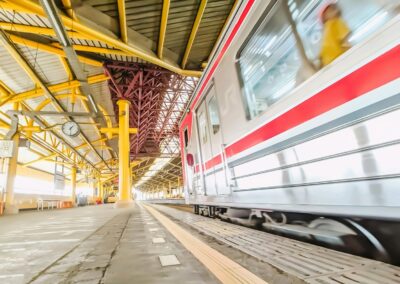Transforming Infrastructure Through IoT Solutions
Enhancing Efficiency and Reliability
The integration of IoT solutions to modernize infrastructure represents a significant advancement over legacy systems, offering unprecedented efficiency and reliability. In rapidly developing regions such as Saudi Arabia and the UAE, cities like Riyadh and Dubai are at the forefront of adopting IoT technologies to enhance their urban infrastructure. These IoT solutions enable real-time monitoring and data analysis, leading to smarter decision-making and more responsive management of critical infrastructure components.
One of the primary advantages of IoT solutions is their ability to provide continuous, real-time data on infrastructure performance. Unlike legacy systems, which often rely on periodic manual inspections, IoT-enabled systems can monitor infrastructure health continuously, detecting potential issues before they become critical. For example, smart sensors embedded in bridges and roads can detect structural weaknesses early, allowing for timely maintenance and preventing costly failures. This proactive approach not only extends the lifespan of infrastructure but also enhances public safety.
Moreover, IoT solutions facilitate more efficient resource management. In the context of energy grids, for instance, IoT devices can optimize energy distribution based on real-time demand data, reducing waste and improving sustainability. This level of efficiency is particularly crucial in regions like the UAE, where energy management is a key concern due to the high demand for cooling and other energy-intensive services. By leveraging IoT technology, cities can achieve significant energy savings while ensuring reliable service delivery.
Improving Urban Mobility and Traffic Management
Another area where IoT solutions modernize infrastructure is urban mobility and traffic management. Traditional traffic management systems often struggle to adapt to changing traffic patterns and congestion issues. In contrast, IoT-enabled smart traffic systems can collect and analyze real-time data from various sources, such as traffic cameras, sensors, and GPS devices, to optimize traffic flow dynamically. This capability is particularly beneficial in bustling cities like Dubai, where efficient traffic management is essential for maintaining smooth urban mobility.
Smart traffic lights, for example, can adjust their timing based on real-time traffic conditions, reducing congestion and improving travel times. Additionally, IoT solutions can provide valuable data to urban planners, helping them design better road networks and public transportation systems. By integrating IoT technology into traffic management, cities can enhance the efficiency of their transportation infrastructure, leading to reduced travel times, lower emissions, and improved quality of life for residents.
Furthermore, IoT solutions support the development of autonomous vehicles, which rely on real-time data from surrounding infrastructure to navigate safely and efficiently. As Riyadh and Dubai continue to explore autonomous transportation, the integration of IoT technology into their infrastructure will be crucial for enabling these advancements. This modern approach to mobility promises to transform urban transportation, making it safer, more efficient, and more sustainable.
Optimizing Infrastructure with IoT Integration
Streamlining Maintenance and Operations
The implementation of IoT solutions to modernize infrastructure also streamlines maintenance and operations, reducing costs and improving service reliability. Legacy systems often require extensive manual labor and are prone to inefficiencies and human error. In contrast, IoT-enabled systems can automate many maintenance tasks, ensuring that infrastructure components are serviced precisely when needed and in the most efficient manner possible.
For instance, smart water management systems can monitor water quality and detect leaks in real-time, enabling quick repairs and reducing water waste. This level of automation not only improves operational efficiency but also ensures the sustainability of vital resources. In Saudi Arabia, where water scarcity is a significant concern, such IoT solutions are essential for maintaining a reliable and efficient water supply.
Additionally, IoT technology can optimize the operations of public utilities, such as electricity and gas. By providing real-time data on consumption patterns, IoT systems allow utility providers to adjust supply dynamically, improving efficiency and reducing costs. This optimization is particularly valuable in the UAE, where the demand for energy fluctuates significantly due to seasonal variations and economic activities. By leveraging IoT solutions, utility providers can ensure consistent and cost-effective service delivery.
Supporting Smart City Development
The integration of IoT solutions to modernize infrastructure is a cornerstone of smart city development. Smart cities utilize IoT technology to create interconnected urban environments that enhance the quality of life for residents while promoting sustainability and efficiency. In regions like Dubai and Riyadh, where smart city initiatives are gaining momentum, IoT solutions play a critical role in achieving these goals.
Smart city infrastructure includes various IoT-enabled systems, such as smart lighting, waste management, and environmental monitoring. Smart lighting systems, for example, can adjust brightness based on ambient light levels and pedestrian activity, reducing energy consumption and improving public safety. Similarly, smart waste management systems can optimize collection routes and schedules based on real-time data, reducing operational costs and minimizing environmental impact.
Environmental monitoring systems equipped with IoT sensors can provide real-time data on air quality, noise levels, and weather conditions, enabling city authorities to address environmental issues proactively. This capability is particularly important in urban areas with high pollution levels, where timely interventions can mitigate health risks and improve living conditions. By integrating these IoT solutions, cities can create more livable, sustainable, and resilient urban environments.
Conclusion
The modernization of infrastructure with IoT solutions offers significant advantages over legacy systems, providing enhanced efficiency, reliability, and scalability. By leveraging real-time data and advanced analytics, cities like Riyadh and Dubai can optimize their infrastructure management, improve urban mobility, and support smart city development. For business executives, mid-level managers, and entrepreneurs, understanding the potential of IoT integration is crucial for driving innovation and achieving long-term success in a rapidly evolving technological landscape. Embracing IoT solutions is not just a strategic move but a necessary step towards building a smarter, more sustainable future.
—
#ModernizingInfrastructure #IoTSolutions #LegacySystems #SmartCities #IoTIntegration #TechnologyUpgrade #InfrastructureOptimization

